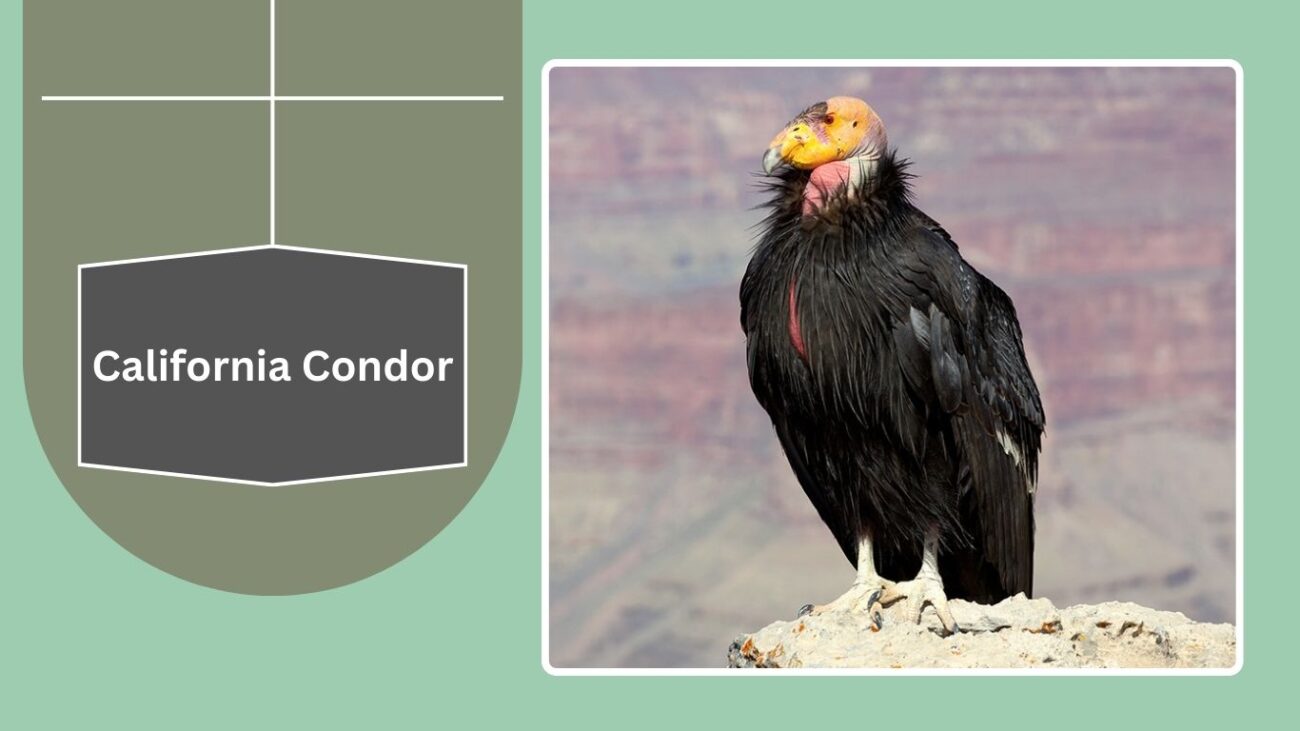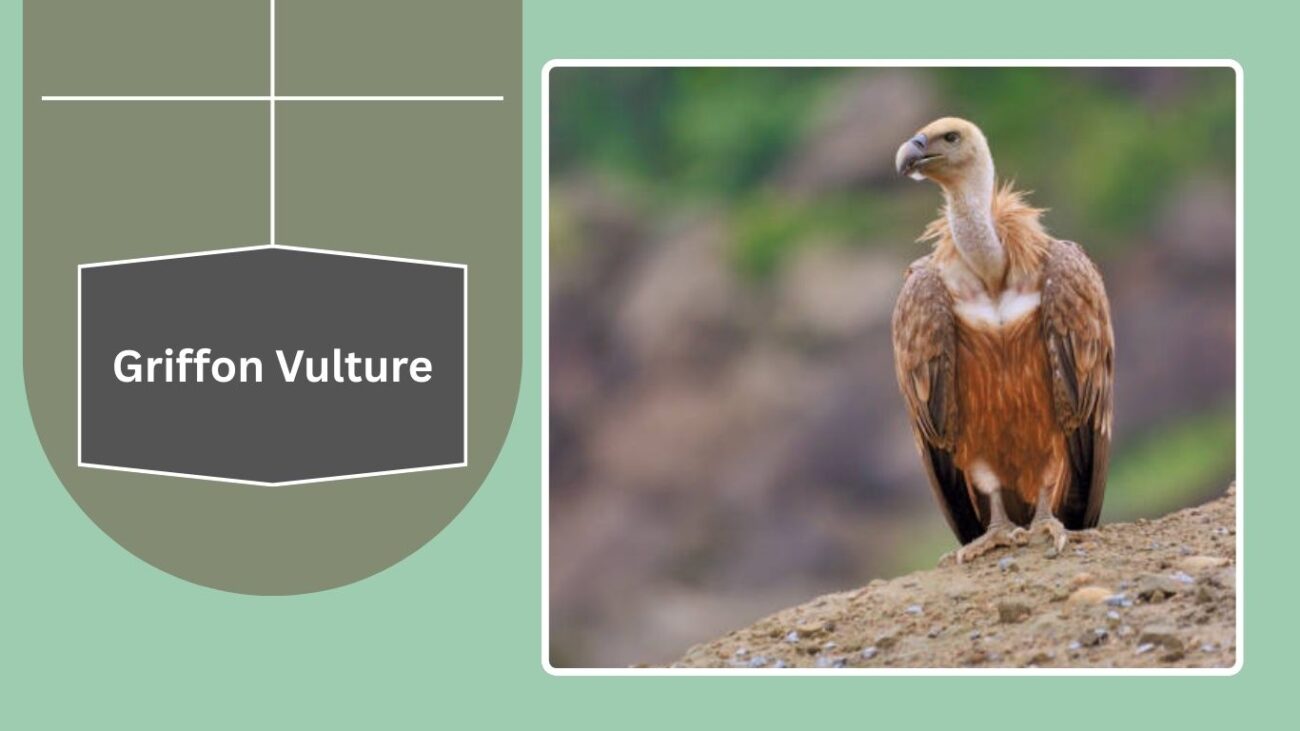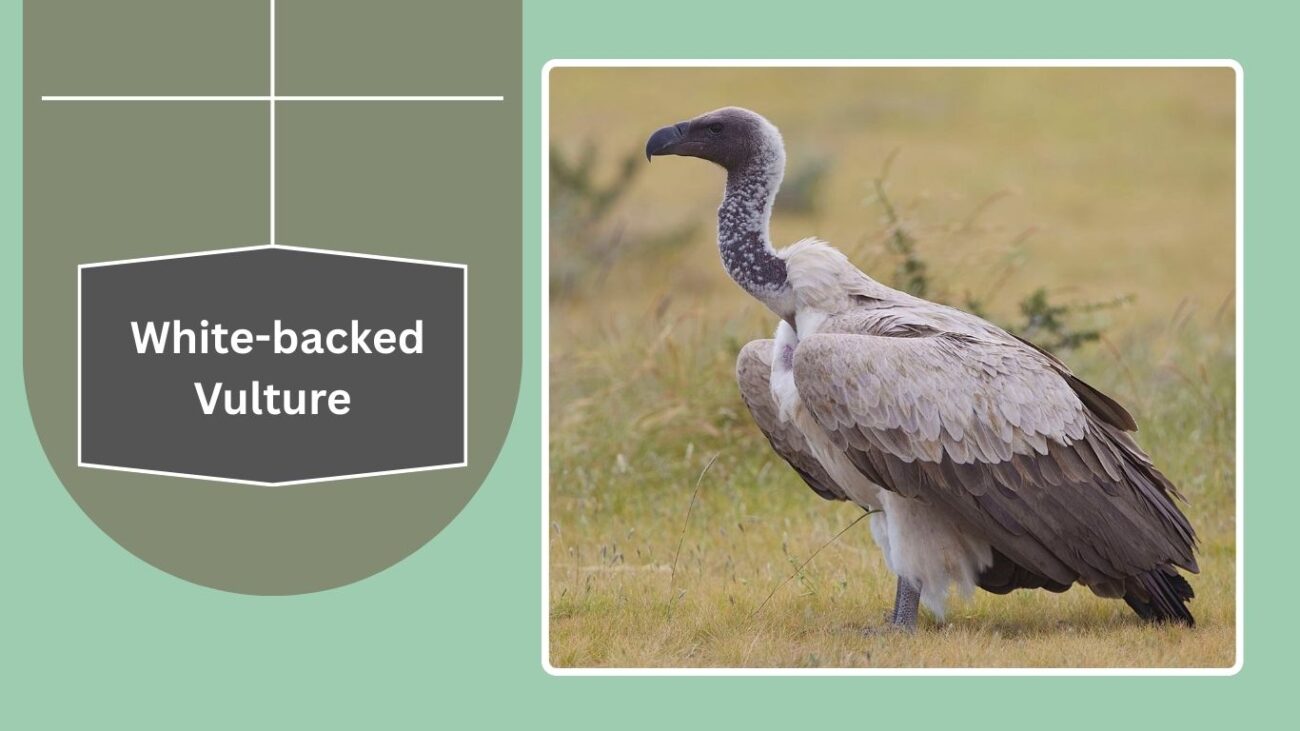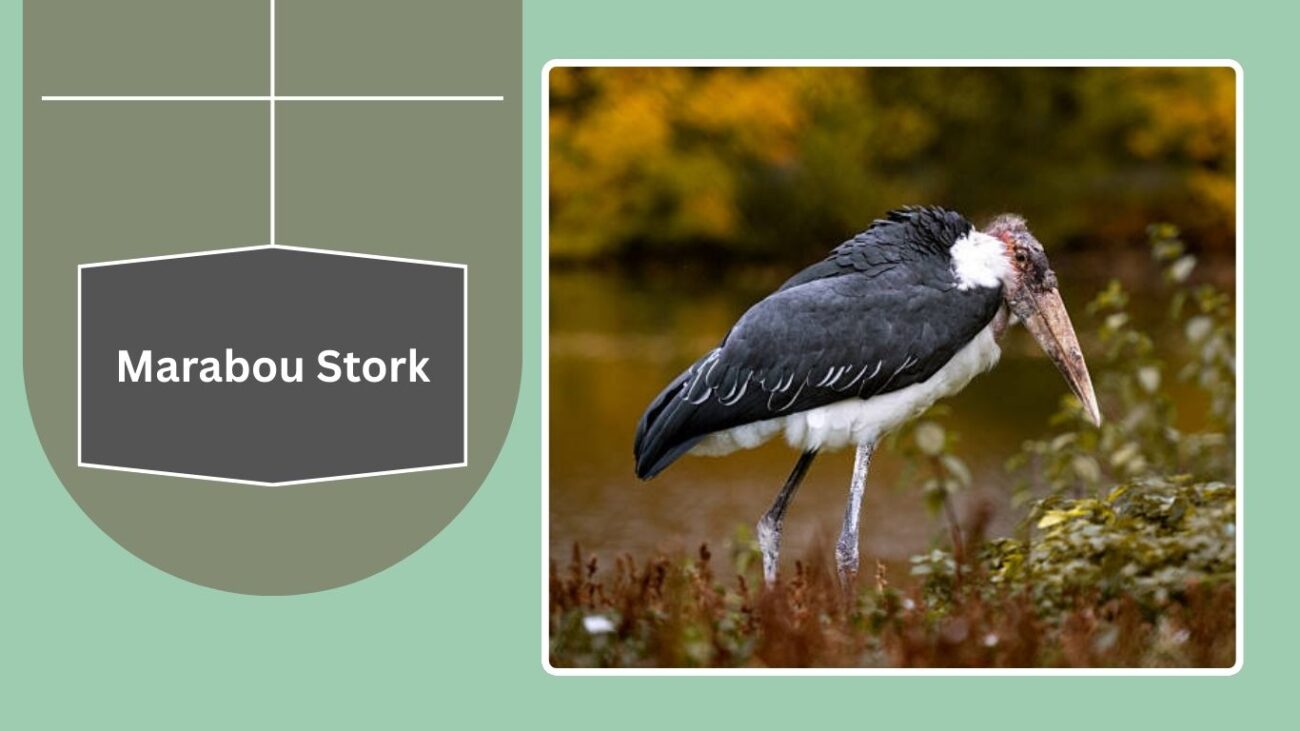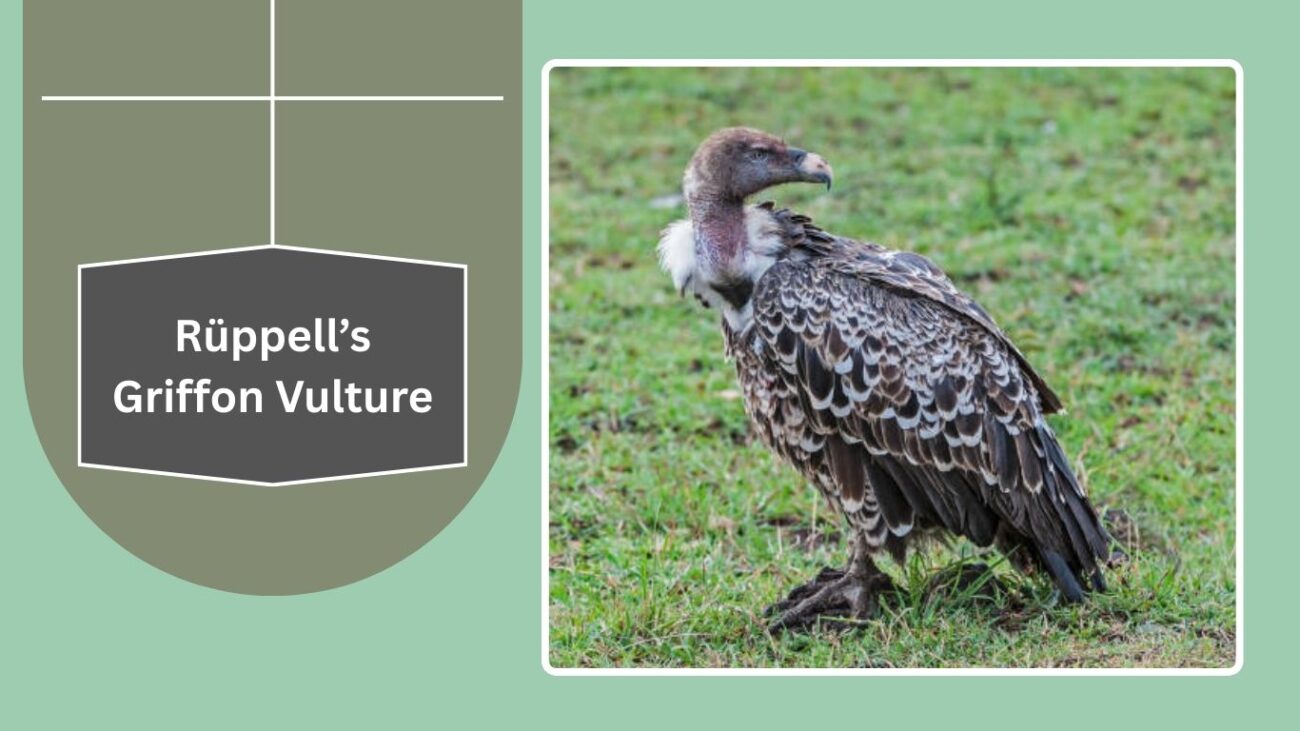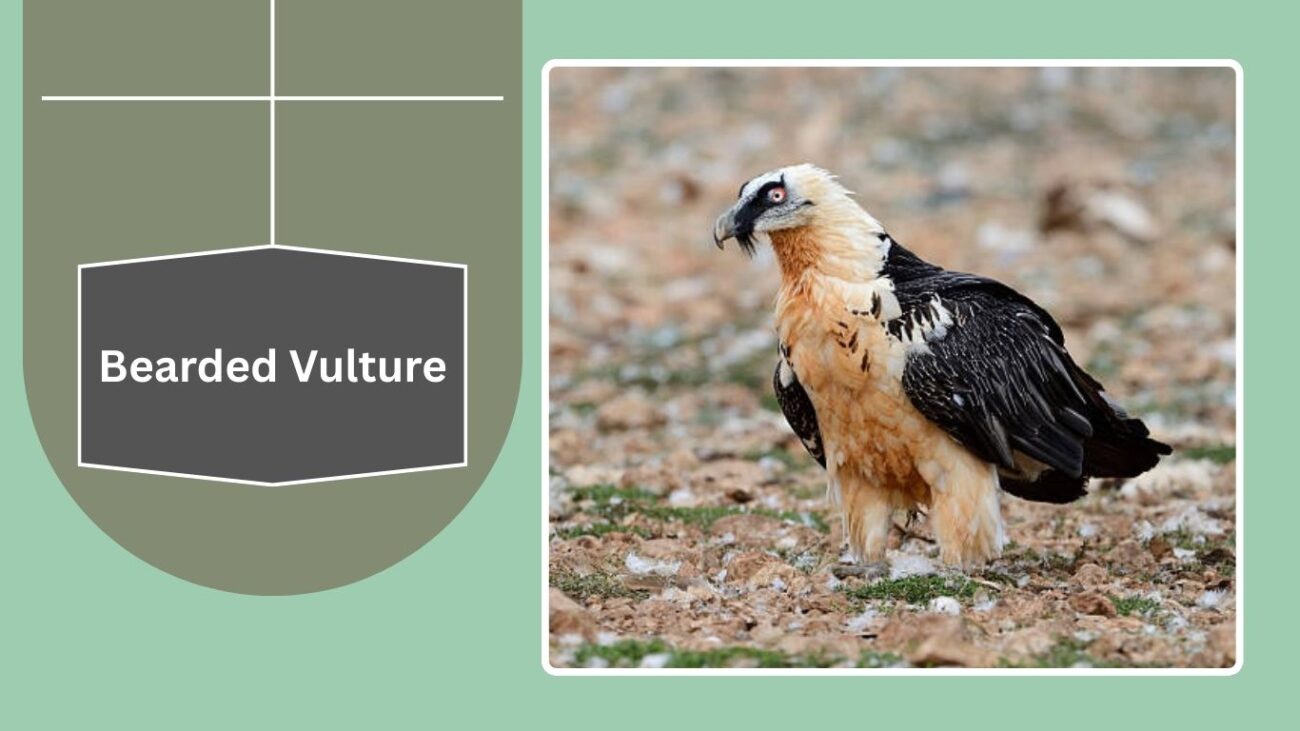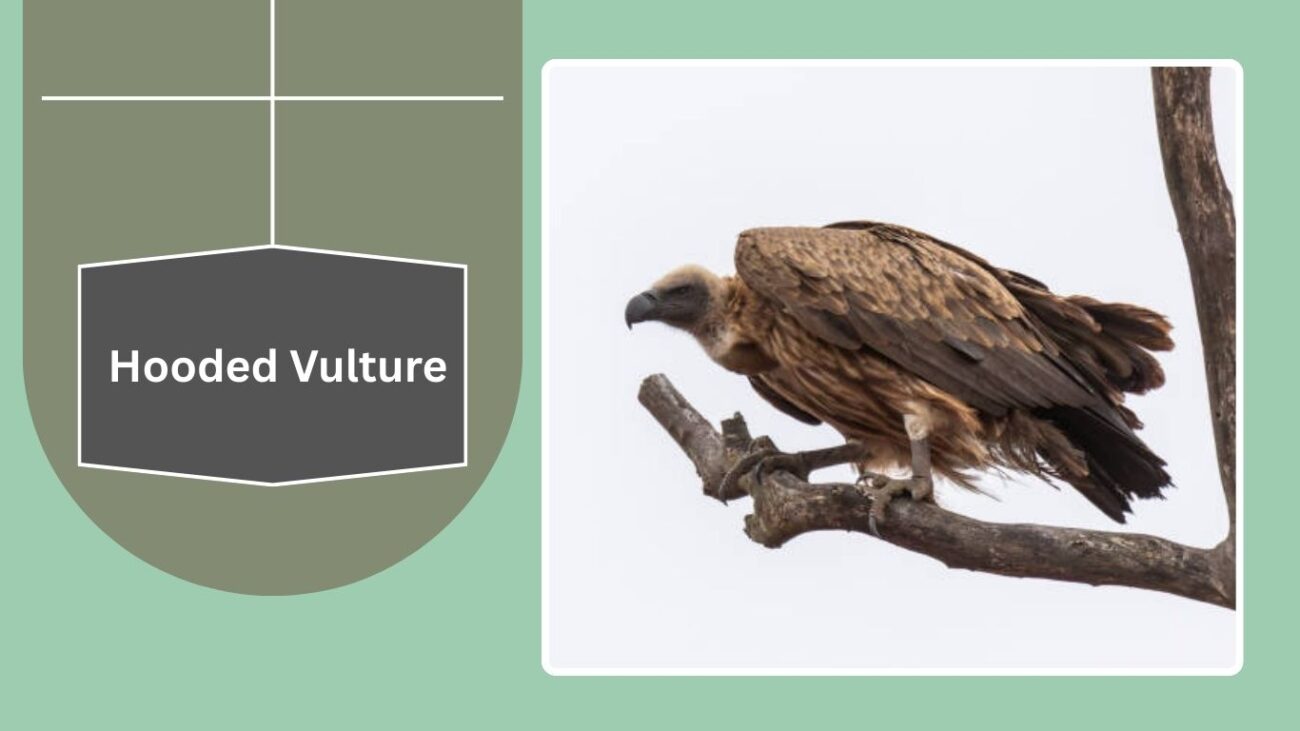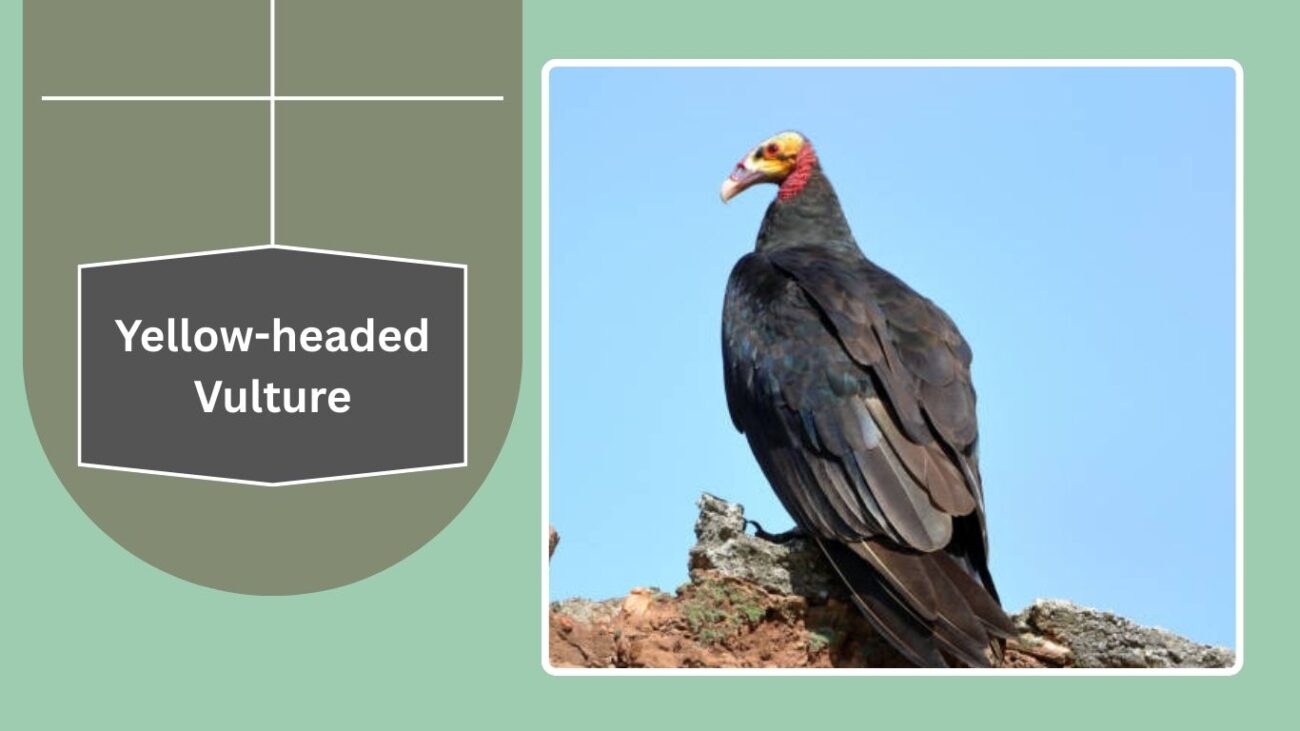Scavenger birds are nature’s cleanup crew, playing a vital role in keeping ecosystems healthy by feeding on dead animals. From the towering Andean Condor to the striking King Vulture, these large birds help prevent the spread of disease while recycling nutrients back into the environment. In this article, we’ll explore 15 big birds that eat carrion, highlighting their unique features, habitats, and ecological importance.
1. Andean Condor
The Andean Condor is one of the largest flying birds in the world, famous for its massive wingspan and important role as a scavenger in South America. It primarily feeds on carcasses of large animals, helping to keep ecosystems clean. Found mostly in the Andes Mountains and nearby regions, this bird has cultural significance and is considered a national symbol in several countries.
Identification
- Wingspan: Up to 10.5 feet (3.2 m)
- Weight: 25–33 pounds (11–15 kg)
- Plumage: Mostly black with white collar and wing patches
- Distinctive bare head with reddish or yellowish skin
- Males larger with a fleshy comb on the head
Behavior
Andean Condors are soaring birds, using thermal updrafts to glide effortlessly for hours without flapping. They are social and often gather in groups around carcasses. Despite their size, they rarely hunt live prey, relying mainly on carrion.
Habitat
These condors thrive in mountainous regions, open grasslands, and coastal cliffs across South America, especially along the Andes. They prefer high altitudes where strong winds assist their flight.
Importance
The Andean Condor plays a vital ecological role as a scavenger, preventing the spread of disease by consuming dead animals. It also holds cultural and spiritual significance for Andean communities, symbolizing power and freedom.
2. California Condor
The California Condor is a critically endangered bird and one of the largest flying birds in North America. Known for its wide wingspan and scavenging habits, it primarily feeds on the carcasses of deer, cattle, and other large mammals. Once nearly extinct, it has been brought back through intensive conservation efforts.
Identification
- Wingspan: Up to 9.8 feet (3 m)
- Weight: 18–25 pounds (8–11 kg)
- Plumage: Mostly black with white patches under the wings
- Bare pinkish-orange head and neck
- Large, hooked beak for tearing flesh
Behavior
California Condors are strong gliders, soaring for hours in search of food. They are social around feeding sites but may be competitive when scavenging. They do not kill live prey but are strictly carrion feeders.
Habitat
They are found in rocky shrublands, coniferous forests, and cliffs in California, Arizona, Utah, and Baja California, Mexico. They roost and nest in caves or large rock crevices.
Importance
As scavengers, California Condors play an essential role in keeping ecosystems clean by disposing of animal carcasses. They are also a symbol of conservation success, showing how species recovery programs can save critically endangered wildlife.
3. Griffon Vulture
The Griffon Vulture is a large Old World vulture widely found across Europe, North Africa, and Asia. It is a key scavenger, often seen soaring in flocks high above mountains and open plains in search of carcasses. Known for its impressive size and powerful flight, it plays an essential role in natural ecosystems.
Identification
- Wingspan: 7.5–9 feet (2.3–2.8 m)
- Weight: 15–25 pounds (7–11 kg)
- Plumage: Brown body with pale underparts
- White ruff of feathers around the neck
- Long wings and short tail for soaring flight
Behavior
Griffon Vultures are social birds, often feeding in large groups. They can locate carrion quickly, thanks to keen eyesight, and strip carcasses clean in minutes. They rely heavily on rising air currents to glide long distances with minimal effort.
Habitat
They inhabit mountainous regions, cliffs, and open plateaus across southern Europe, the Middle East, and parts of Asia. They roost on high cliffs and nest in colonies, often on inaccessible rock faces.
Importance
The Griffon Vulture helps prevent the spread of disease by consuming dead animals. It has been central to reintroduction programs in Europe, highlighting its importance for biodiversity and ecosystem health.
4. Cinereous Vulture
The Cinereous Vulture, also called the Black Vulture (not to be confused with the American species), is one of the heaviest flying birds in the world. It is a powerful scavenger, known for feeding on large carcasses and dominating other vultures at feeding sites.
Identification
- Wingspan: 8–10 feet (2.5–3.1 m)
- Weight: 20–31 pounds (9–14 kg)
- Plumage: Dark brown to black overall
- Large, strong bill and featherless bluish-gray head
- Massive size with broad wings and short tail
Behavior
Cinereous Vultures are mostly solitary or found in small groups. They rely on soaring flight to cover wide areas in search of carrion. Unlike some smaller vultures, they can tear through thick hides and tough muscles, often feeding first on a carcass before others.
Habitat
They inhabit mountainous regions, forests, and open plains across southern Europe, the Middle East, Central Asia, and parts of China. They often nest in tall trees or cliffs, building large stick nests.
Importance
As top scavengers, Cinereous Vultures play a vital role in maintaining ecosystem balance by cleaning up carcasses. Their conservation status has improved in some regions due to protection efforts, but they remain near threatened due to poisoning and habitat loss.
5. Lappet-faced Vulture
The Lappet-faced Vulture is a powerful and dominant African scavenger, often seen driving away smaller vultures at carcasses. With its strong beak and intimidating size, it can tear into tough hides that other species cannot manage, making it one of the most important cleanup birds in its habitat.
Identification
- Wingspan: 8.5–9.5 feet (2.6–2.9 m)
- Weight: 14–20 pounds (6–9 kg)
- Plumage: Dark brown to black body with contrasting white thighs
- Bare pink or reddish head with wrinkled skin flaps (“lappets”)
- Heavy, hooked bill ideal for tearing flesh
Behavior
Lappet-faced Vultures are aggressive feeders, often the first to access a carcass. They dominate feeding sites, ripping open thick hides to expose meat for themselves and smaller vultures. They are usually solitary or found in pairs but may gather in larger groups at rich food sources.
Habitat
They live in arid and semi-arid regions, open savannas, and deserts across Africa and parts of the Middle East. Nests are usually built in tall acacia trees or rocky outcrops, away from human disturbance.
Importance
This species plays a key ecological role by handling the toughest parts of carcasses, preventing waste and disease spread. Its dominance ensures that food is made accessible for other scavengers, creating balance in the scavenger community.
6. White-backed Vulture
The White-backed Vulture is one of the most common vultures in sub-Saharan Africa, often spotted in large flocks circling high in the sky. Despite its smaller size compared to other vultures, it is a highly efficient scavenger and plays a critical role in cleaning up the environment.
Identification
- Wingspan: 6–7.5 feet (1.8–2.3 m)
- Weight: 10–15 pounds (4.5–7 kg)
- Plumage: Brown body with a contrasting white lower back
- Pale head and neck with sparse down feathers
- Broad wings adapted for soaring flight
Behavior
White-backed Vultures are social and almost always feed in groups. They depend heavily on sight to locate carcasses, often by following larger vultures. When feeding, they can become aggressive and noisy, stripping a carcass to the bone in minutes.
Habitat
They are found across savannas, woodlands, and open grasslands in Africa. They usually nest in colonies on tall trees, especially acacias, building large stick nests.
Importance
These vultures are essential for ecosystem health, consuming carrion and preventing the spread of disease. However, their populations have declined sharply due to poisoning, habitat loss, and hunting, leading to their classification as critically endangered.
7. Himalayan Vulture
The Himalayan Vulture, also known as the Himalayan Griffon, is one of the largest Old World vultures. Adapted to high-altitude life, it soars effortlessly over the rugged Himalayan ranges in search of carrion, often feeding on dead yaks and other mountain animals.
Identification
- Wingspan: 8.5–10.2 feet (2.6–3.1 m)
- Weight: 18–26 pounds (8–12 kg)
- Plumage: Pale brown body with darker flight feathers
- Whitish neck ruff with a bald head
- Massive size, broad wings, and short tail
Behavior
Himalayan Vultures are primarily solitary or found in small groups. They rely on keen eyesight to locate carcasses in remote, snowy landscapes. Unlike some lowland vultures, they rarely form large feeding gatherings, but can dominate smaller scavengers at high altitudes.
Habitat
They inhabit the Himalayas and surrounding mountainous regions, ranging from 1,200 to 5,500 meters in elevation. Their preferred sites include cliffs, gorges, and alpine meadows. Nests are usually built on cliff ledges.
Importance
The Himalayan Vulture is a vital part of high-altitude ecosystems, cleaning up carcasses in remote areas where other scavengers are scarce. It prevents disease spread and contributes to the natural recycling of nutrients in harsh mountain environments.
8. King Vulture
The King Vulture is a striking and colorful scavenger found in Central and South America. Known for its strong presence at feeding sites, it often dominates smaller vultures and uses its powerful beak to tear open carcasses with ease. Its vibrant head and neck make it one of the most visually unique vultures in the world.
Identification
- Wingspan: About 6.5–7 feet (2–2.1 m)
- Weight: 6–10 pounds (2.7–4.5 kg)
- Plumage: White body with black wing edges and tail
- Bare head and neck with bright orange, yellow, and red skin
- Strong, hooked beak designed for tearing tough flesh
Behavior
King Vultures are usually seen gliding alone or in pairs but join mixed vulture groups at carcasses. They are dominant at feeding sites, often being the first to break through the tough hides of large dead animals, making food accessible for other scavengers.
Habitat
They live in tropical lowland forests, savannas, and grasslands throughout Central and South America, from southern Mexico to northern Argentina. They prefer remote areas away from human activity.
Importance
The King Vulture is ecologically significant as it opens up carcasses that smaller scavengers cannot access. This makes it a keystone species in nutrient recycling, maintaining balance in forest and savanna ecosystems.
9. Turkey Vulture
The Turkey Vulture is one of the most widespread scavenger birds in the Americas. Easily recognized by its red, bare head and steady soaring flight, it relies heavily on its keen sense of smell to detect carrion—something rare among birds.
Identification
- Wingspan: 5.5–6.5 feet (1.7–2 m)
- Weight: 2–4 pounds (0.9–1.8 kg)
- Plumage: Dark brown to black body with lighter underwings
- Bare red head and pale bill
- Slight V-shaped wing posture when gliding
Behavior
Turkey Vultures are social and often roost in large groups, though they may feed alone or in small flocks. Unlike many vultures, they use their excellent sense of smell to locate dead animals, even under forest cover. They rarely compete aggressively and usually feed after larger vultures finish.
Habitat
They thrive in a wide range of environments, including forests, deserts, grasslands, and coastlines across North and South America. They often roost on cliffs, trees, and even man-made structures.
Importance
Turkey Vultures are essential for ecosystem health by cleaning up carrion and reducing the risk of disease spread. Their abundance and adaptability make them one of the most important natural recyclers in the Americas.
10. Black Vulture
The Black Vulture is a common scavenger across the Americas, especially in warm regions. Smaller than the Turkey Vulture, it compensates with a more aggressive feeding style, often mobbing carcasses in groups and dominating through numbers.
Identification
- Wingspan: 4.5–5.5 feet (1.4–1.7 m)
- Weight: 3.5–6.5 pounds (1.6–3 kg)
- Plumage: Entirely black with short, square tail
- Bare grayish-black head
- White patches at the tips of wings, visible in flight
Behavior
Black Vultures are highly social and usually travel in groups. Unlike Turkey Vultures, they lack a strong sense of smell and instead rely on sight or follow other vultures to food sources. At carcasses, they are bold and competitive, often outnumbering rivals.
Habitat
They are found in open areas, forests, and near human settlements across the southeastern United States, Central America, and South America. They frequently roost on trees, cliffs, and man-made structures.
Importance
The Black Vulture is an important carrion consumer, preventing the spread of disease. However, it is more opportunistic than some vultures, occasionally preying on weak or newborn animals. Its presence highlights the balance between natural scavenging and human–wildlife interaction.
11. Marabou Stork
The Marabou Stork is a massive bird from Africa, often called the “undertaker bird” because of its dark cloak-like wings and bald head. Unlike most storks, it is a true scavenger, frequently seen feeding alongside vultures at carcasses and dumpsites.
Identification
- Wingspan: 8.5–10.5 feet (2.6–3.2 m)
- Weight: 15–20 pounds (7–9 kg)
- Plumage: Dark wings and back with a white underside
- Bald pink head and neck with a large inflatable throat pouch
- Long, straight, and powerful bill
Behavior
Marabou Storks are opportunistic feeders, consuming carrion, scraps, and even live prey such as fish, frogs, and small mammals. They are highly social and often gather in large flocks around garbage dumps and carcasses. Their feeding style is aggressive, competing with vultures and other scavengers.
Habitat
They inhabit wetlands, savannas, and open dry areas across sub-Saharan Africa. They are also common near human settlements, where they scavenge at dumps and slaughterhouses.
Importance
The Marabou Stork is vital for the environment as it helps dispose of carcasses and waste. Its adaptability makes it a key part of both natural and urban ecosystems, preventing disease spread in areas where organic waste accumulates.
12. Rüppell’s Griffon Vulture
Rüppell’s Griffon Vulture is famous for being the highest-flying bird in the world, recorded soaring at over 37,000 feet. Native to Africa, it is a powerful scavenger that plays a crucial role in cleaning up carrion across savannas and open landscapes.
Identification
- Wingspan: 7.5–8.5 feet (2.3–2.6 m)
- Weight: 14–20 pounds (6–9 kg)
- Plumage: Mottled brown body with lighter underparts
- White ruff of feathers around the neck
- Bare head adapted for feeding inside carcasses
Behavior
Rüppell’s Griffon Vultures are highly social, often feeding in large groups and stripping carcasses clean in minutes. They soar at extreme altitudes using thermal currents, covering vast distances in search of food.
Habitat
They inhabit open savannas, grasslands, and mountainous areas across central and eastern Africa. Nests are usually built in colonies on cliffs.
Importance
As efficient scavengers, they prevent the spread of disease and recycle nutrients back into the environment. However, they are critically endangered due to poisoning, habitat loss, and food shortages, making conservation efforts essential.
13. Bearded Vulture (Lammergeier)
The Bearded Vulture, also known as the Lammergeier, is a unique scavenger with a specialized diet. Unlike other vultures, it feeds mostly on bones, dropping them from great heights to break them into manageable pieces. Its striking appearance and unusual feeding habits make it one of the most fascinating birds of prey.
Identification
- Wingspan: 8–9.3 feet (2.5–2.8 m)
- Weight: 10–17 pounds (4.5–7.5 kg)
- Plumage: Rusty orange or cream body with dark wings and tail
- Distinctive “beard” of black feathers below the bill
- Long, narrow wings and wedge-shaped tail
Behavior
Bearded Vultures are mostly solitary, though pairs may be seen together. They specialize in bone-eating, digesting marrow with powerful stomach acids. They are known for “bone-dropping,” where they release large bones onto rocks to shatter them.
Habitat
They live in mountainous regions across Europe, Africa, and Asia, particularly the Alps, Pyrenees, Himalayas, and Ethiopian Highlands. They nest on cliff ledges and prefer remote, high-altitude areas.
Importance
By consuming bones, the Bearded Vulture performs a unique ecological role that no other scavenger fulfills. It helps recycle calcium and other nutrients, ensuring nothing from a carcass goes to waste.
14. Hooded Vulture
The Hooded Vulture is a smaller African vulture species, often seen around villages, towns, and open savannas. Despite its modest size compared to other vultures, it is an important scavenger, feeding on carcasses, scraps, and even human waste.
Identification
- Wingspan: 5–6 feet (1.5–1.8 m)
- Weight: 4–7 pounds (1.8–3.2 kg)
- Plumage: Dark brown body with lighter underparts
- Bare pinkish head with a thin, sharp beak
- Slim build compared to larger vultures
Behavior
Hooded Vultures are less aggressive than bigger vultures and often feed on the scraps left behind by stronger species. They are opportunistic and adapt well to human presence, frequently scavenging near markets, slaughterhouses, and dumps.
Habitat
They inhabit savannas, woodlands, and urban edges across sub-Saharan Africa. They often build nests in tall trees, close to water or human settlements.
Importance
The Hooded Vulture plays a key role in both natural and human-altered environments by cleaning up waste and carrion. Unfortunately, it is critically endangered due to poisoning, habitat loss, and illegal trade, making conservation efforts vital.
15. Yellow-headed Vulture
The Yellow-headed Vulture is a medium-sized scavenger found in Central and South America. Like the Turkey Vulture, it has a keen sense of smell, allowing it to locate carcasses hidden under forest cover—a rare ability among birds.
Identification
- Wingspan: 5.5–6.6 feet (1.7–2 m)
- Weight: 3–4 pounds (1.3–1.8 kg)
- Plumage: Mostly black with lighter flight feathers
- Bare head colored yellow and orange with some red patches
- Long, broad wings and short tail suited for soaring
Behavior
Yellow-headed Vultures are solitary or found in small groups. They soar low over forests and open areas, sniffing out carrion. Less aggressive than larger vultures, they usually wait until tougher-skinned carcasses are opened by stronger species before feeding.
Habitat
They inhabit tropical forests, savannas, and open lowlands across Central America and much of South America. They often roost in trees and prefer quiet areas away from human disturbance.
Importance
The Yellow-headed Vulture helps maintain ecosystem health by removing dead animals that could otherwise spread disease. Its strong sense of smell makes it especially valuable in forested habitats where visual detection of carrion is difficult.



